Rechargeable batteries can be found everywhere and make our daily lives a lot easier. Unfortunately, the latest lithium ion batteries are not as harmless as they seem.
What is a lithium battery?
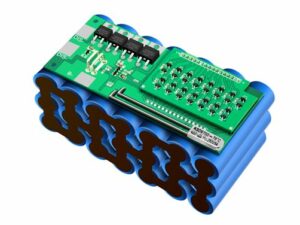
Example of the construction of a lithium battery on the inside
A lithium battery is a type of battery that can store much more energy than an ordinary alkaline battery. The lithium battery consists of several cells, each of which consists of a kind of sandwich of materials. The advantage of its extremely high energy density is that a relatively small battery can provide a device with energy for a long time. Compared to alkaline batteries, lithium batteries last on average 7 times (!) longer.
The difference between lithium and li ion
There are two types of lithium battery: the non-rechargeable lithium battery and the rechargeable lithium ion battery (also called li ion). Nowadays a lithium ion battery is used in almost every rechargeable device. Smartphones, laptops, electric toothbrushes. All these devices are equipped with the popular rechargeable Li-ion battery. Even electric cars, ships and e-bikes are equipped with lithium ion batteries.
Extend lithium ion battery life
The life of a lithium ion battery depends on several factors. The average lifespan is estimated at 3 years. A lithium ion battery continuously loses its capacity, even if it is not used. There are a number of circumstances that continuously decrease the capacity of the battery.
For example, the higher the temperature of the battery, the faster the capacity is lost. A fully charged battery also ensures that the capacity decreases faster. Since a lithium ion battery is not cheap to buy, you ideally extend the battery life to the maximum. 4 tips to extend the lifespan:
- Store the battery at a temperature below 25°C
- Keep the battery charged to a maximum of 80%
- Do not discharge the battery below 30% during use
- Only use original chargers (no fast chargers)
Are lithium ion batteries dangerous?
Unfortunately, the lithium battery also comes with dangers. It has probably not escaped your notice that there has been a lot of stories about batteries of electric bicycles and smartphones that spontaneously catch fire or even explode. This resulted in electric bicycles catching fire while charging and smartphones exploding in the user's hands.
3 fires from a bicycle battery
Entrepreneurs who sell or rent electric bicycles, drones or IT equipment often charge the batteries at night, so that they are not visible and the batteries remain on the charger for a long time after they have been fully charged. This increases the risk of overheating causing the batteries to catch fire and completely burn down the business premises. In the factory of the e-bike manufacturer Stella, fire broke out no less than 3 times (!) in the space of six months. In all three fires, the cause was a lithium battery of an electric bicycle that overheated.
But even without the electric bicycle battery being connected to the charger, the battery can catch fire and explode. For example, a battery of an electric bicycle in Auke Tweewielers bicycle shop in the Netherlands spontaneously caught fire when no one was present. The bicycle repair shop sustained extensive damage as a result of the fire.
The danger of a lithium battery is that if one of the cells catches fire, the other cells will also catch fire one by one. In addition, the chemical properties of the cell make it extremely difficult to extinguish.
Electric cars with lithium ion batteries
Tesla, BMW, Smart and more car manufacturers produce electric cars that can drive up to 530 km with their large batteries on board without having to recharge in the meantime. The super-powerful lithium-ion batteries are also used here.
Just as with cars that run on petrol or diesel, things sometimes go wrong with electric cars. Due to traffic accidents or other reasons, the cars can catch fire. Compared to traditional cars, electric cars require a completely different extinguishing method.
At the end of March 2019, an electric BMW was extinguished by submerging the car for 24 hours in a large container of water. It was the first time that the fire brigade had an electric car fire under control in this way. This again shows that there is not enough information available about the dangers of lithium batteries and that we need to be extra careful with them.

The fire brigade extinguishes an electric car by putting it in a container with water
Extinguishing a lithium ion battery fire
Owning equipment with lithium batteries is therefore not without risks. If a device with a lithium ion battery leaks, becomes excessively hot, smells strongly, produces smoke or produces sparks, it is wrong. If you notice any of the above signals, it is important that you disconnect the device from the charger and move it outside. Be careful not to place the device near combustible materials, then call 999.
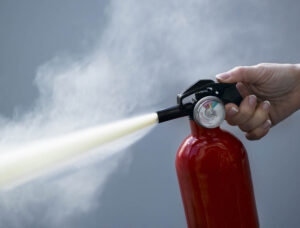 If a small lithium ion battery such as a smartphone or power bank is on fire, you can try to extinguish it yourself. Make sure that you do not inhale any hazardous substances and think about your own safety. At the time of writing this article, the fire service is still busy researching the best extinguishing method for lithium batteries. Lithium battery extinguishing agents that are most effective now are the following.
If a small lithium ion battery such as a smartphone or power bank is on fire, you can try to extinguish it yourself. Make sure that you do not inhale any hazardous substances and think about your own safety. At the time of writing this article, the fire service is still busy researching the best extinguishing method for lithium batteries. Lithium battery extinguishing agents that are most effective now are the following.
- ABC-powder extinguisher
- (spray) foam extinguisher
- Sand
- Water (only if an extremely large amount is available)
After extinguishing, consult the fire brigade to make sure that the appliance is completely extinguished and that there is no longer a risk of catching fire again. To extinguish larger battery fires such as the batteries of electric bicycles, electric scooters and electric cars, it is necessary to call in the fire service. The fire brigade then determines a suitable extinguishing method.
5 tips to prevent lithium ion battery fire
To reduce the risk of one of your devices with a lithium-ion battery catching fire, keep the following in mind.
- Replace damaged chargers
- Only use chargers, devices and batteries from reputable manufacturers
- Immediately remove the batteries from the charger when they are full
- Supervise the battery while charging
- Do not store batteries in direct sunlight
Tips for entrepreneurs
There are also ways for entrepreneurs dealing with lithium batteries to reduce the risk of fire.
- Place a smoke detector near the battery charging point.
- Keep the number of batteries in stock to a minimum.
- Only charge the batteries if you or your staff can see them or if they are charged in a fireproof cabinet with internal power supply.
Storage of lithium ion batteries in a fire-resistant safety cabinet
As mentioned earlier, it is recommended to charge lithium ion batteries in a specially developed fire-resistant safety cabinet. Different models are available from different brands. The safety cabinets are optionally equipped with an internal (controlled) power supply and are fire-resistant from the inside and out.
The controlled power supply minimizes the risk of overheating. If one of the batteries does catch fire, the safety cabinet is fire resistant, so that the fire is kept in the cabinet. By providing the cabinet with an optional internal extinguishing system and smoke detector, you will be alerted in time and the fire inside the cabinet will be fought in good time.
Please note, safety cabinets are not endlessly fire-resistant. If a fire occurs in such a cabinet, it is important that you take action as quickly as possible by moving the cabinet to a safe place and calling in emergency services to extinguish the fire.
Please contact us to discuss this further with regards to the storage of lithium ion batteries in our own specially designed safety cabinets that we have developed.
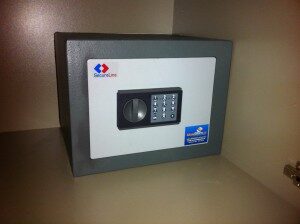 Good location for a safe or safe:
Good location for a safe or safe: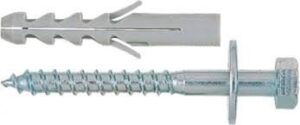 Many non-European certified safes are supplied with wood threaded bolts and anchors. These are often the products that are classified according to (obsolete) NCP Safe standards. If this method of anchoring is properly carried out, a resistance of approx. 80-100 kg is achieved. In practice, however, the values are lower.
Many non-European certified safes are supplied with wood threaded bolts and anchors. These are often the products that are classified according to (obsolete) NCP Safe standards. If this method of anchoring is properly carried out, a resistance of approx. 80-100 kg is achieved. In practice, however, the values are lower. A mechanical anchor offers a much higher tensile strength compared to a wood threaded bolt and plug. With correct installation in concrete, tensile strengths of approx. 1400 kg can be achieved with an anchor of Ø16 mm. This method of anchoring uses a safety factor of 1.5. In practice, the strength will be about 1.5 times higher.
A mechanical anchor offers a much higher tensile strength compared to a wood threaded bolt and plug. With correct installation in concrete, tensile strengths of approx. 1400 kg can be achieved with an anchor of Ø16 mm. This method of anchoring uses a safety factor of 1.5. In practice, the strength will be about 1.5 times higher. The highest tensile strength is achieved when anchoring with a chemical anchor. This anchoring method is specialist work and must be performed carefully. The anchoring must harden well before it can be loaded. If all this is done correctly, tensile strengths of approx. 2100 kg can be achieved with an anchor of Ø16 mm. This method of anchoring takes into account a safety factor of 3. In practice, the strength will be approximately 3 times higher.
The highest tensile strength is achieved when anchoring with a chemical anchor. This anchoring method is specialist work and must be performed carefully. The anchoring must harden well before it can be loaded. If all this is done correctly, tensile strengths of approx. 2100 kg can be achieved with an anchor of Ø16 mm. This method of anchoring takes into account a safety factor of 3. In practice, the strength will be approximately 3 times higher.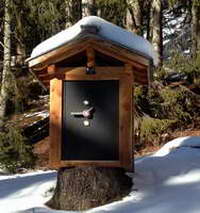
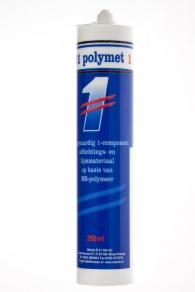








 It’s time to spring clean your caravan or motorhome
It’s time to spring clean your caravan or motorhome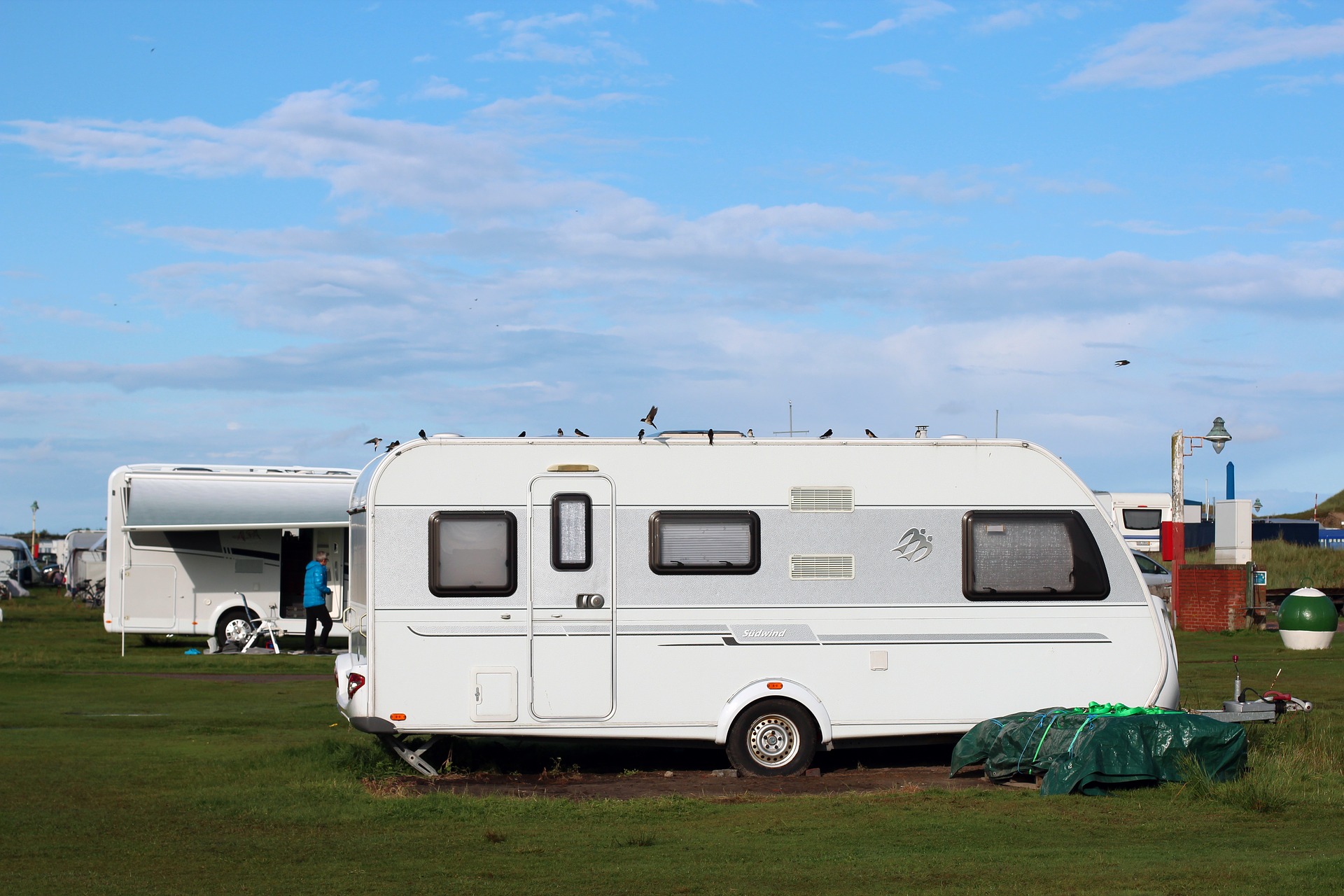

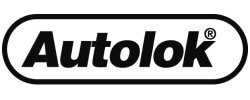
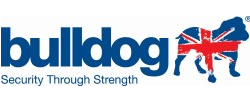

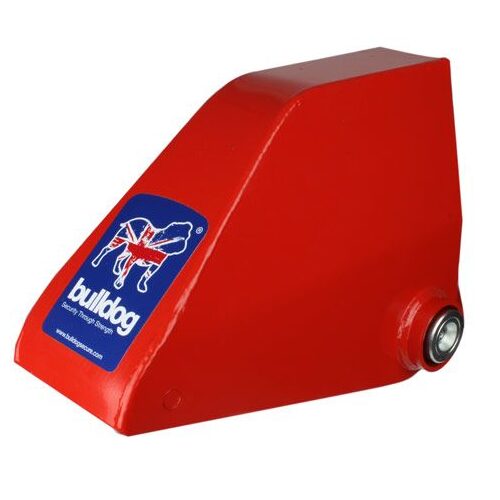
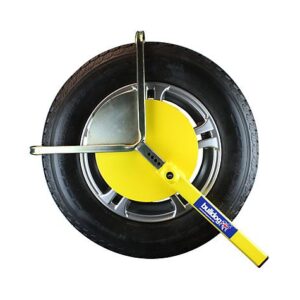
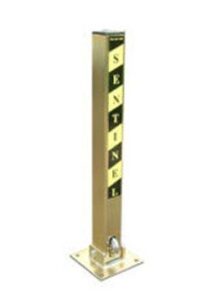
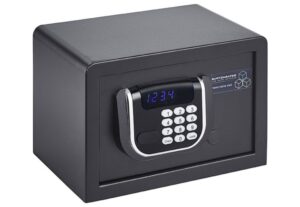
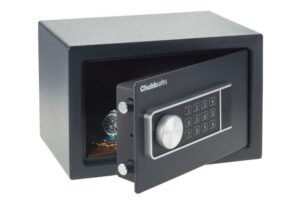
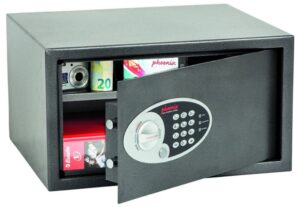



 If a small lithium ion battery such as a smartphone or power bank is on fire, you can try to extinguish it yourself. Make sure that you do not inhale any hazardous substances and think about your own safety. At the time of writing this article, the fire service is still busy researching the best extinguishing method for lithium batteries. Lithium battery extinguishing agents that are most effective now are the following.
If a small lithium ion battery such as a smartphone or power bank is on fire, you can try to extinguish it yourself. Make sure that you do not inhale any hazardous substances and think about your own safety. At the time of writing this article, the fire service is still busy researching the best extinguishing method for lithium batteries. Lithium battery extinguishing agents that are most effective now are the following.

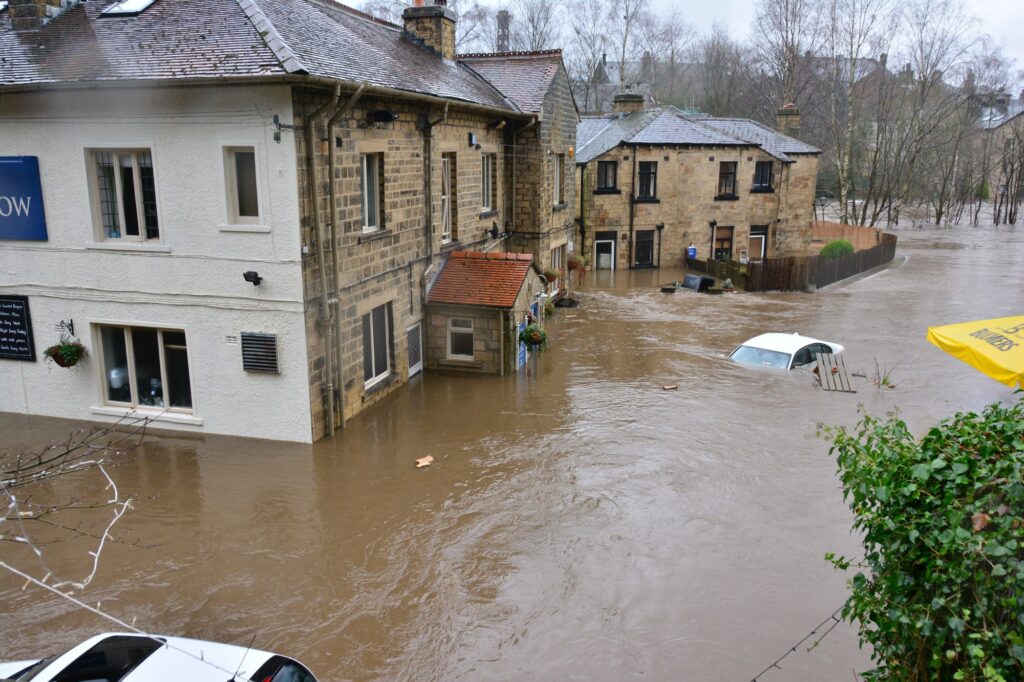
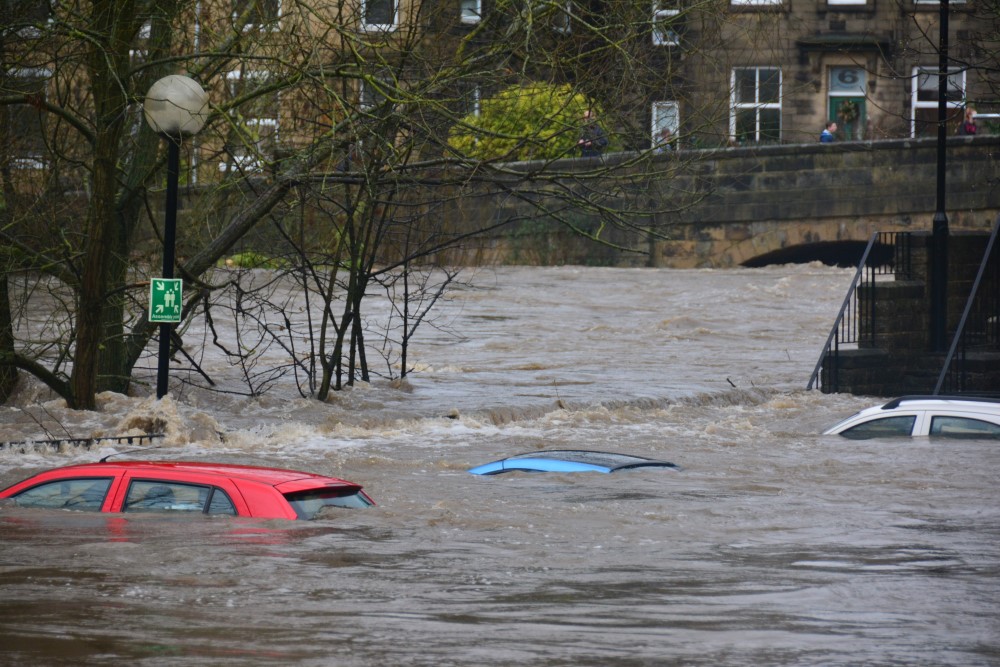
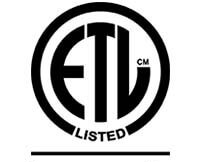 ETL is an independent company that tests and grades each safe that has been provided by the supplier. After the testing has been completed they will give each product a certification mark such as below.
ETL is an independent company that tests and grades each safe that has been provided by the supplier. After the testing has been completed they will give each product a certification mark such as below.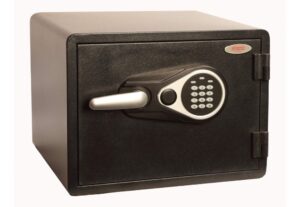
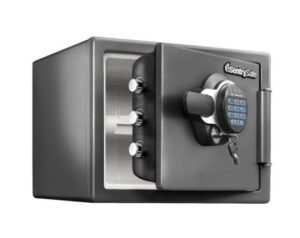
Add a comment